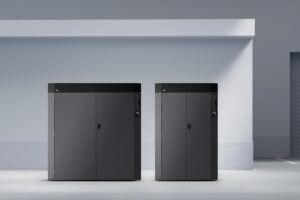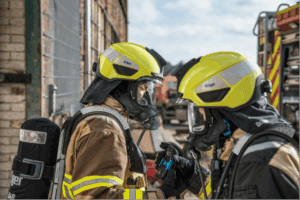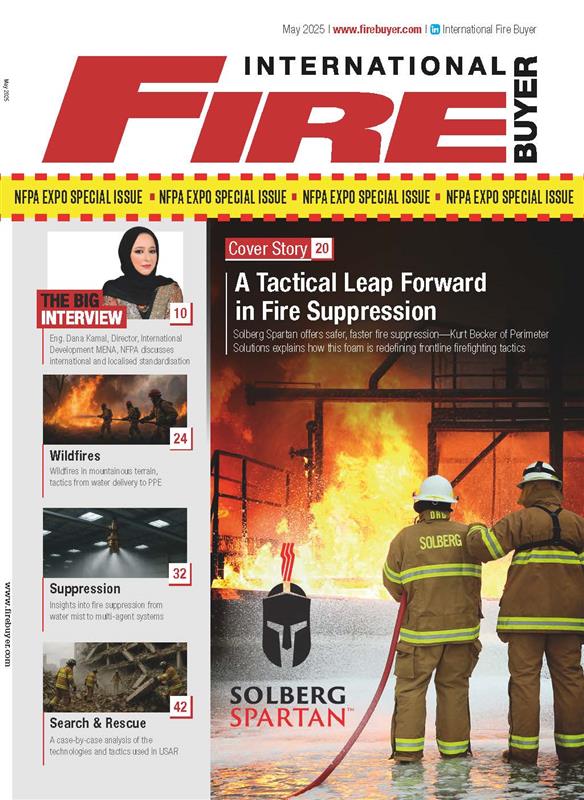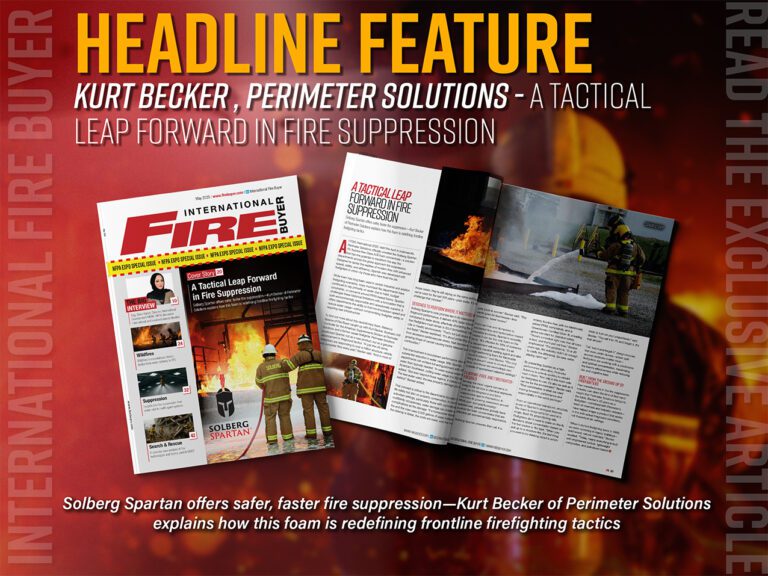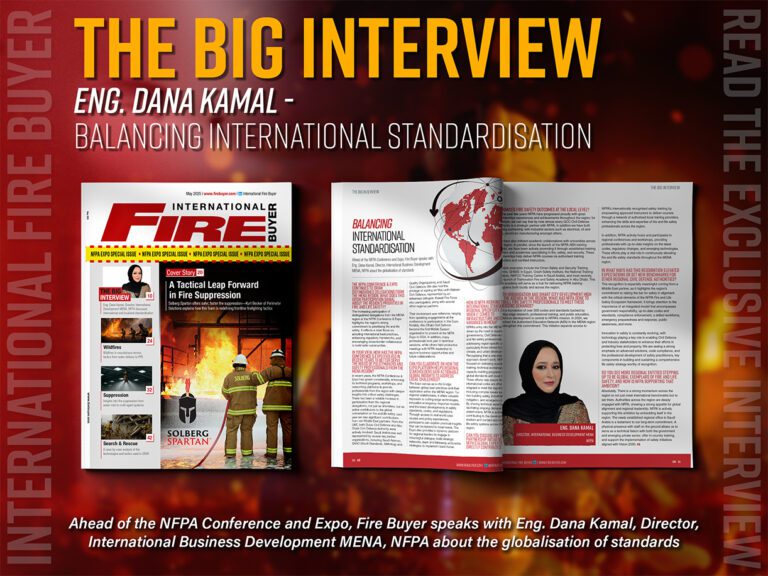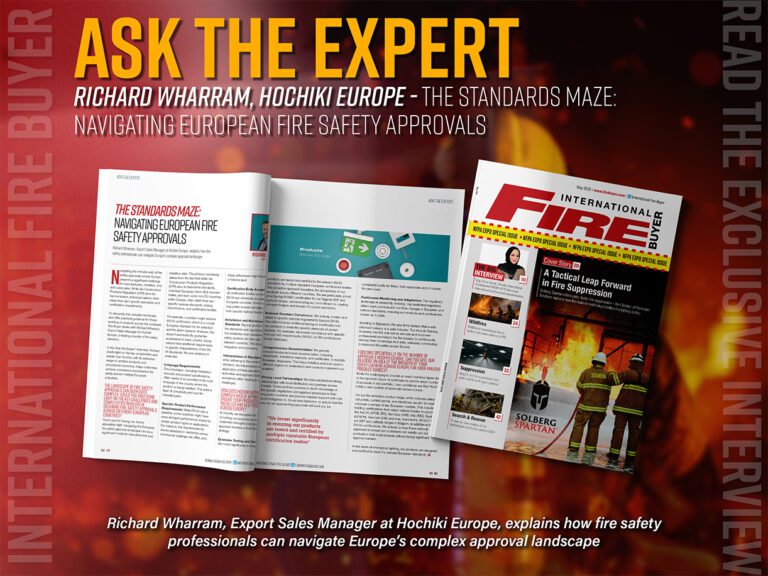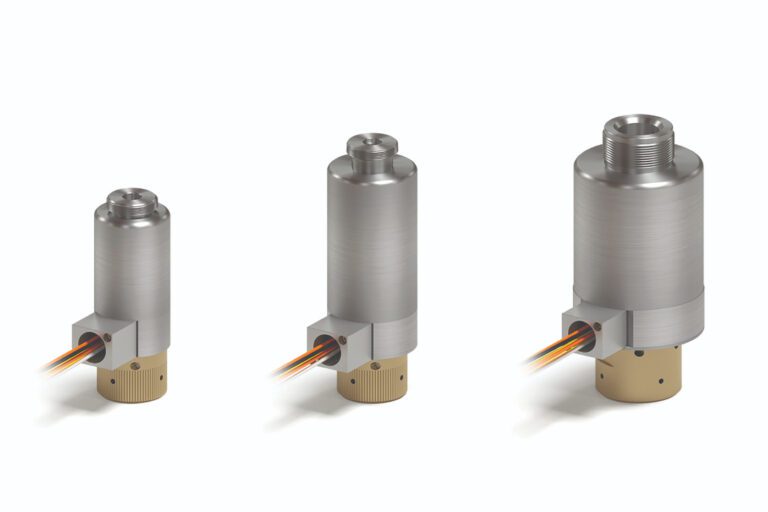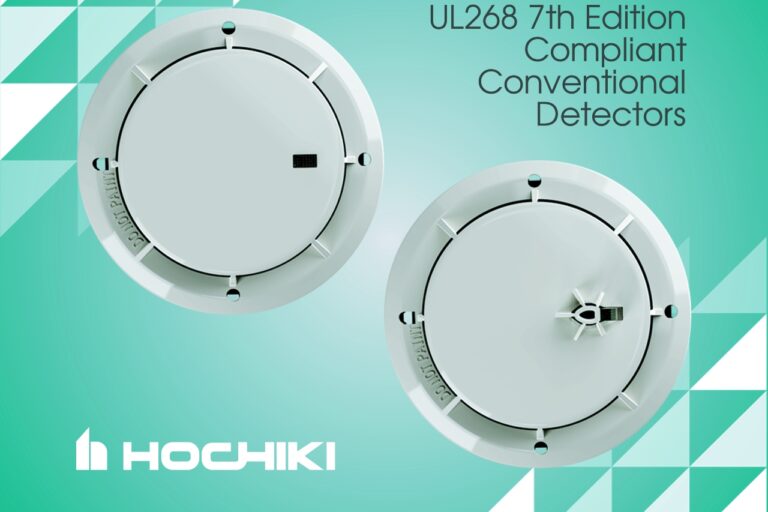Fire doors are an integral part of fire safety in both residential and commercial buildings, but what regulations and standards do you have to adhere to?
All buildings, both residential and commercial, must contain certain doors that are installed to protect their occupants and visitors from the risk of a fire outbreak. The main reason for a fire door is to help save lives and further damage to the property. It is essential that these doors are constructed to a certain standard, so they perform by slowing the progress of any fire outbreak within the building to the specified time limit (at a minimum).
The most common fire door installed is an FD30 that provides fire protection for a minimum of 30 minutes, with commercial buildings more commonly having a FD60 (60 Minute door) installed.
Where fire doors are required
Stating the obvious, it is advisable to fit a fire door anywhere where there is a risk of a fire outbreak. Some areas carry a higher fire risk than others, kitchen areas, rooms that contain any electrical equipment or cupboards containing highly flammable materials for example. Doors allowing access to these rooms should be fire rated.
There are legal requirements for all buildings, including domestic properties, and these regulations stipulate that any two-storey building that has a door leading into it from an integral garage, then it must be a fire door.
Likewise, any new-build or renovation property with three or more storeys (including loft conversions), must have at least FD30 fire doors leading to and from every habitable room off the stairwell. For added safety, it is advisable to fit doors that provide greater protection, FD60 doors, provide additional safety and greater time for building egress in the event of a fire outbreak.
Smoke seals are recommended where a fire door approaches or protects an escape shaft such as a staircase or corridor or where a fire door is between a private area and a common space. A good example is the front door of a flat. Smoke seals should also be used on doors in corridors leading to dead ends. Where a smoke seal is to be used, the threshold gap should not exceed 3 mm.
It is important to remember that a fire door is an element of a whole system called a “doorset”. BS EN 12519 defines a doorset as “supplied complete with all essential parts from a single source and for which the main intended use is the access of pedestrians.”
Following the tragedy of Grenfell Tower in June 2017, the DHF / Secured by Design / Fire Industry Association published A Guide for Selecting Flat Entrance Doorsets. This makes the point that there is no conflict between fire and security with Building Regulations ADB (fire) and ADQ (security) carrying equal weight with neither taking precedence over the other. It explains why only factory produced doorsets can meet both ADB and ADQ.
Fire door construction
Different standard fire doors provide different levels of protection. FD30 fire doors must be a minimum of 44 mm thick as opposed to a standard, non-fire door of 35/40 mm. The FD60 doors are constructed as a minimum of 54mm thick.
Fire doors have a solid core construction made from different materials such as flaxboard, particleboard and solid timber and their assembly can vary greatly. Many will have timber framing around the chosen core with a veneer finish, whilst others may be composed of a 5 to 20mm lipping around the core with a veneer on top.
The actual construction materials could differ providing the desired and required fire protection rating is achieved.
How fire doors work
The door itself must be fitted with suitable intumescent strips, these strips play a vital role in providing the fire safety and achieving the legal fire door rating. These intumescent strips expand when subjected to heat, sealing any gap between the fire door edge and frame. The seals can be fitted within the door frame itself or grooved into the door edge. The materials used for the door frame must comply with the required standards, together with the ironmongery, which will have their own individual integrity test evidence.
Performance
All fire doors must be able to provide test evidence for proof of performance for the ratings they proclaim and display. They must be tested by an approved third-party body to either BS 476 Part 22 or to the European equivalent (BS EN1634-1) to resist fire for a minimum period of thirty minutes.
Compliance to the FSO/ RRO: Building owners need to comply with Regulatory Reform (Fire Safety) Order 2005 or the FSO. Article 17 of FSO mentions the need for a suitable maintenance regime and ensuring the efficient state of relevant equipment including fire doors and all types of escape doors.
Article 18 requires the responsible person to appoint competent people to fulfil preventive/ protective measures. The FSO is closely related to Building Regulations, which include fire safety, ease of access, glazing safety, acoustics etc.
Scotland has similar regulations mentioned in Fire Act 2005 while Northern Ireland has similar rules stated in Fire & Rescue Service Order 2006 and the latest Fire Safety Regulations 2010.
Fire certificates issued by the local fire brigade have no legal status anymore for any building since the FSO anoints the responsible person in charge of fire safety, the doors and its maintenance. The responsible person needs to carry out fire risk assessment and ensure the residents safety too. The key changes in the FSO have been:
- Building owners, landlords, managers and the like can shoulder legal responsibility for fire safety.
- A ‘responsible person’ should be appointed for each building and ensure that every year, a fire risk assessment is carried out with proper documentation.
- The assessment should demonstrate that all aspects of fire safety management are met, along with respective fire measures; signage; escape door condition and easy evacuation procedures
- The responsible person can engage someone with expertise to implement on key areas as required.
Specifications of the Assessment
The fitting and maintenance of the fire doors are the responsibility of every person involved in the specification to the maintenance process.The performance requirements of the fire doors and their perfect locations are dictated by Building Regulations.
- Fire doors are also used to subdivide a building into varied compartments, so that if a fire breaks out, it does not spread easily and quickly, allowing other occupants to escape from their rooms.
- Fire doors are rated in terms of minutes and have FD as their prefix.
- The building regulations specify the door installation, and even the location and hence they are tested for frames, locks, latches and the like.
- The regulations may state the necessity of smoke control as an extra requirement. In this scenario, the fire door will bear the suffix ‘s’ and a smoke seal is required to be fitted.
- The functions of the fire doors are tested to the standard BS 476 Part 22.
Energy efficiency
Now more than ever, it is highly important for consumers and organisations to attempt to be as environmentally friendly as possible. This even comes down to the construction of buildings including doors.
Energy-efficient doors are an effective means to increase the thermal performance of your home. Generally, homes lose around 10-20% of their energy or heat through external doors and windows. Energy-efficient doors are specifically designed to reduce this loss of heat and to keep your home warmer. At the same time, they ensure substantial energy savings.
Replacing your old door with an energy-efficient one is a great way to prevent unwanted heat exchange between your home and the weather outside as well as to bring down your heating bills. This comprehensive guide reveals all you need to know about choosing the best energy-efficient doors for your home.
When choosing external or internal energy-efficient doors for your home, you need to pay attention to the following factors:
Glazing: If you opt for a glazed door, make sure that it is double glazed. This will ensure double protection from adverse climatic conditions and lock in the warmth inside your home by reducing cold spots and draughts.
U Value: U value refers to an assessment of the rate of heat loss that takes place through a material. This energy efficiency measurement is done for the whole home, which includes doors and windows as well. You need to opt for a door with a low U value. In other words, the lower the U value of a door, the more energy-efficient it is.
Energy-efficient doors are essential for maintaining a comfortable ambience in your home. In their absence, you may have a hard time trying to keep your home warm during the harsh winters. These doors also help you conserve energy and can elevate the value of your home if you wish to put it up for sale in the future.
For these reasons, you need to install not just the most energy-efficient exterior doors but interior doors, too. These include your front door, patio door, and French doors. Apart from these options, you may also opt for energy-efficient fireplace doors for your home.
When selecting energy-efficient front doors, you need to be sure of a few things. Your front door must be durable and have aesthetic looks as well. Front doors made of hardwood can be a great choice in this regard. You can get a variety of designs to select from, including double glazed hardwood external doors. For a more contemporary look, consider oak entrance doors with glazed units to seal in the heat.
Installing energy-efficient doors in your home is not an option but a necessity. If you haven’t done so as yet, you need to consider getting energy-efficient replacement doors. Your investment in such energy efficient doors will pay off in a few years while promising comfort and warmth in your home all along. At the same time, you will be able to lend a makeover to your home by opting for trendy energy-efficient doors.
Composite front doors are made of several materials, including UPVC and solid timber, to name a few. Due to the dense internal core of composite doors, they possess matchless strength and remarkable thermal insulating qualities. This variety of doors carry a low U value and hence, are more energy efficient in comparison to other materials.
Steel doors are made of a completely recyclable alloy. As such, they possess impressive energy-efficient properties. Apart from solid steel doors, you can also opt for double glazed steel doors, which beautify your home without compromising on energy efficiency.
Fire doors are imperatif in any residential or commercial building, and must conform to the appropriate standards and regulations of performance. Fire doors save lives and protect property.
Commentary: Paul King, Marketing Director, Vicaima
All doors are important, but it would be fair to say that fire doors play a significant role. Of course, from a residential developer perspective, regulations dictate that fire doors or doorsets are obligatory for high rise and certain locations such as integral garages within houses. However, in an increasingly safety conscious world the superior performance and heavyweight look and feel of a fire door often sees them specified throughout properties.
Vicaima have always been a specialist fire door manufacturer, in fact we were among one of the first companies to whole-heartedly endorse the merits of third-party accreditation, as demonstrated by our membership of not one but two third party schemes. Soon to be a cornerstone of the new building regulation and widely recommended in the Hackitt report following the tragedy of Grenfell, independently audited fire doors support the need for stringent testing and traceability.
Providing it has been installed correctly, you only need to look at the top edge of a Vicaima fire door to gain complete reassurance. With clear identification of the product, its fire rating, its manufacturing batch and of course the BWF-Certifire and TRADA Q-Mark markings, to realise you are in safe hands.
As the words of one of our publicity campaigns says, don’t play with fire. Saving lives and property are the reason these critical products are used, so at Vicaima we never cut corners. Whether a customer buys the least or most expensive Vicaima fire door from our range, the core performance remains the same.
To stay up to date on the latest, trends, innovations, people news and company updates within the global fire market please register to receive our newsletter here.
Media contact
Rebecca Morpeth Spayne,
Editor, International Fire Buyer
Tel: +44 (0) 1622 823 922
Email: [email protected]





